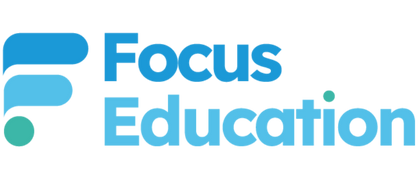Over the past three or four years, many headteachers have used book scrutiny as a central feature of evaluating the quality of education in their schools. Book scrutiny was clearly important well before this. However, it has grown in importance more recently.
This could partly be down to the continued debate about the unreliability of SATs as an effective measure of school effectiveness. Amanda Spielman also made the point that she wants leaders to have a clear picture of what they want their children to know at different points in their lives and, crucially, what the school needs to do when individuals are not at this stage. In essence, this has led to leaders wanting ongoing information about progress.
Good book scrutiny offers a comprehensive overview of several things beyond just progress. Importantly, this will also provide greater opportunity to check whether the whole-school pedagogical approach is being adhered to and provide subject leaders with clarity about how units of learning are being delivered in classrooms.
The following is a useful summary of what a regular and effective scrutiny could reveal.
1 Fidelity to the agreed pedagogical approach
2 Checking on planning to practice
3 High expectations and challenge
4 Adherence to the school’s marking and feedback policies
5 Whether there is evidence of adaptive teaching
6 Presentation – using agreed protocols
7 Progress made by individuals
1 Many schools have adapted research carried out by Rosenshine amongst others and created phases within lessons, such as link it, learn it, check it, show it and know it (making it stick). This is a successful model used within the Learning Challenge Curriculum.
2 Where schools have used the ‘composite and component’ approach, it is much easier for subject leaders to check if the unit of learning is being adhered to.
This is something that should be self-evident when carrying out a book scrutiny.
3 We often see the term ‘challenge’ used in maths lessons but not necessarily for other subjects.
4 One of the main benefits of book scrutiny has always been checking the quality of marking and feedback, and this continues to be important. If there is an agreed-upon school system, is there adherence to it?
5 Since trying to ensure that all children in any given year group receive the same content, adapting the teaching to meet the needs of all learners has grown in importance. This is another area that could potentially be picked up through book scrutiny.
6 A school will normally have a set of protocols that they want children to adhere to, such as dealing with mistakes, underlining the date, etc. This is one of the easiest things to check during book scrutiny.
7 Finally, we are able to look back across different weeks and half terms to check on an individual's progress. This should be a major feature of any pupil progress meeting.
Book scrutiny does not have to have a sense of hierarchy with many schools adopting a peer scrutiny system. This could involve two teachers working together and meeting fortnightly (or so). One colleague brings a pre-agreed set of books to the first meeting, and then they alternate at their next meeting. It would be very effective if there were two teachers in the same age group. However, try to avoid a ‘less experienced’ and a ‘more experienced’ pairing.
This should then be followed up with ‘half-termly’ pupil progress meetings with phase leaders, leading to termly summative pupil progress meetings with the headteacher/principal/ SLT. In this way, teachers get used to their books being a major focus when looking at the impact their teaching is having.
Browse our range of Inspection-related products here.
Browse our range of Scrutiny-related products here.
Browse our range of Subject Leader-related products here.
Book our Inspection-related courses here.
Book our Subject Leader-related courses here.
CONNECT WITH US
Twitter/X | focuseducation1
Bluesky | focuseducation
Facebook | focuseducation1
Instagram | focuseducation1
Linked In | Focus Education
Subscribe to our YouTube Channel

